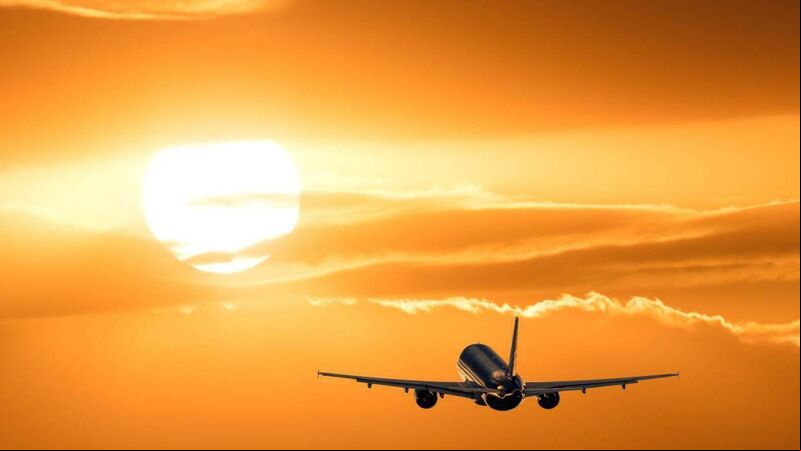Trevor Laffan: A flight from hell and mozzies - the price of seeing my family in Oz

I wasn’t looking forward to the long-haul flights because, having made that trip a couple of times previously, I knew what was in store. There is no easy way of getting to Oz.
Flying business class or first class if you can afford it might help, but I’m not sure that’s completely painless either.
Anyway, we had no choice but to bite the bullet.
After the last article I wrote about making that journey, I received many messages of . Mostly they were very encouraging and suggested that the travelling wasn’t all bad. “You’ll soon forget about the pain when you meet the family,” they said. Well, they lied.
I’m here now and I’ve met the family, but I can still vividly every excruciating air mile, every minute of turbulence, and every bad cup of coffee.
Not a wink of sleep did I get. My wife did OK because she’s short and slim, but for anyone who is tall or broad shouldered, there is little respite.
We stopped off in Bali on the way to break the journey. We wanted to be fresh when we met the gang and not suffering from jet lag.
So, we met our pre-arranged taxi driver at the arrivals hall and headed out to the car. It was 11pm but it was still 28 degrees with 100% humidity, and I was dripping with sweat.
In the minutes it took to get the bags into the back of the car, I had an encounter with the old enemy, the mosquito. I was assaulted twice and there was more to come.
My worst moment though was when we left Bali and arrived at Brisbane airport. While going through security, one of the officers knocked my backpack containing my laptop off a table and onto the ground.
I had heard about Australian immigration, and I knew the system could be intimidating, but when I saw my laptop hitting the deck, I lost it.
I half-expected to be hauled over the coals but instead the guy was very apologetic, although he still insisted on taking my little bottle of mozzie spray because he said it contained a banned substance.
The Aussie border officials are very particular and there was no point in arguing with him.
I’ve tried everything over the years to ward of these evil beasties, but nothing seems to work, so now I figure the best option is to find a good after-bite cream instead. If I can’t stop them biting, then easing the after-effects might be the way to go because the biting doesn’t bother me, it’s the itchy lump that follows the bite that drives me mad.
Or maybe there’s another way.
According to History.com, a white flag is a recognised sign of surrender. It can also mean you want to parley about the possibility of calling a truce. At its most simple, a white flag means: ‘Don’t attack me.’
Military officials have used white flags to protect themselves while making with their opponents for a variety of reasons. In addition, civilians have used the flag to signal that they are not combatants at all, and that they have peaceful intentions.
The white flag played a pivotal role in the end of the US Civil War. When Robert E. Lee decided to surrender to Ulysses S. Grant at the Battle of Appomattox Court House, Lee sent a Confederate officer behind Union lines to request a ceasefire so both sides could talk.
To telegraph his intentions, the Confederate officer carried a dish towel with him as an impromptu white flag.
During the First Hague Conference of 1899, the white flag became a more formal part of international law. An annex to one of the Hague Conventions stated that a person carrying a white flag in order to communicate with a military rival “has a right to inviolability”, or freedom from attack.
However, the person would lose this right “if it is proved beyond doubt that he has taken advantage of his privileged position to provoke or commit an act of treachery”.
At the beginning of the Battle of the Bulge in 1944, Nazi officers approached US troops with a white flag to ask if they wanted to surrender. General Anthony McAuliffe’s written reply - Nuts! - caused some confusion with the Germans, reportedly leading one US officer to tell them it meant “Go to Hell.”
The use of the white flag as a soldier’s intention for surrender, truce or parley is now enshrined in the Geneva Convention, and that has given me an idea.
I’m going to wave it madly over my head, and even if they don’t understand the significance of it, it might at least cause some confusion and give me enough time to reach a place of safety.
As for long-haul flights, I’m done with them. I refuse to traipse halfway across the world again until they invent time travel.







 App?
App?




